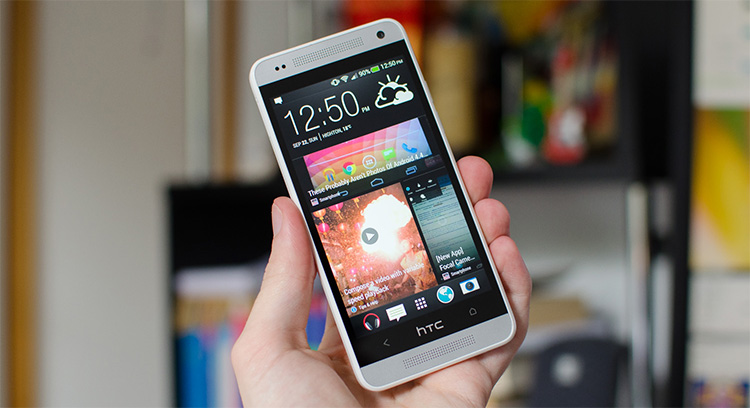Camera: Unstabilized Ultrapixels
The HTC One mini features a camera that's largely the same as the HTC One's: it uses HTC's 'Ultrapixel' sensor - a four megapixel 1/3" backside illuminated unit with 2.0 µm pixels - and a 28mm f/2.0 lens. I say "largely" the same because one key aspect of the HTC One's camera, optical image stabilization (OIS), has been inexplicably removed. The large pixels and wide aperture will still facilitate low-light photography, but no OIS is sure to have an effect.
The One mini is capable of 1080p video recording, HDR video recording, 1.6 megapixel front-facing photos, and there's also an LED flash. Zoe mode is also seen in the mini, which I had first experience with in the HTC One. Marketed as being a hugely important part of the One series' feature set, Zoe allows you to take a four second full-resolution burst shot (with audio) of any scene, capturing one second before and three seconds after the capture button is pressed. The idea is that a Zoe shot is more than just a photo, enabling interesting editing features such as erasing unwanted objects in a scene, and creating action shots.
While Zoe mode is undoubtedly cool, each capture takes up a significant amount of space; you can capture 25 times more standard still images than you can Zoes. Each capture also takes four seconds, which is not ideal for that quick snap, so it's likely you'll keep the camera set to capture standard images.
Quality from the HTC One mini's camera is, in most respects, identical to the HTC One. This means photos are spectacular in strong lighting, but merely average in cloudy or indoor situations. The One mini also suffers from the same preview issue that the One has, where images appear to look significantly better in the preview than they actually turn out when taken.
When you're not taking photos in direct sunlight, the HTC One mini appears to wash out the colors and alter the white balance in post processing. Combined with some odd choices in ISO settings and shutter speed, photos in these conditions can look mediocre, which is unusual considering the capabilities of the sensor. All issues appear to be on the software side, so theoretically HTC could fix the strange processing with a software update, but knowing HTC's history of software fixes, it seems unlikely to occur.
The good news is that the crispness and clarity of the HTC One mini's camera is very good, with little loss of detail when looking at a 100% crop. The bad news is that the camera only produces four megapixel photos, which in a world of 13 megapixel (or greater) flagship cameras, is rather lackluster. Like HTC says, the photos are high enough quality for sharing on social media, but there isn't a lot of room for cropping or digital zooming. If you're looking for more versatility and quality in terms of resolution, perhaps the HTC One mini doesn't have the phone camera you're looking for.
The lack of OIS really has an effect on low-light photography. Even though the sensor takes in a lot of light, thanks to a combination of an f/2.0 lens and 2.0 micron pixels, the camera tends to use a lengthy shutter speed in dark conditions. This means photos in low light conditions are often blurred, as there is no OIS to compensate for slight shakes. Where photos produced from the HTC One would be noisy, but sharp, the One mini often produces blurry images.
That said, if you can get a photo that isn't blurred, the low light capabilities are reasonably impressive thanks to the large pixel size. It's not quite of the quality that you can get from Nokia's Lumia 925, but it's better than other phones at this size and price point.
The camera included in the One mini is just a few steps away from being great. If HTC hadn't removed optical image stabilization, and if the software was tweaked slightly to improve indoor photography, this handset would have a very capable camera. However what I'm actually left with is a camera that takes great shots only some of the time, and despite the strong camera feature set, this leaves me feeling a little disappointed.














